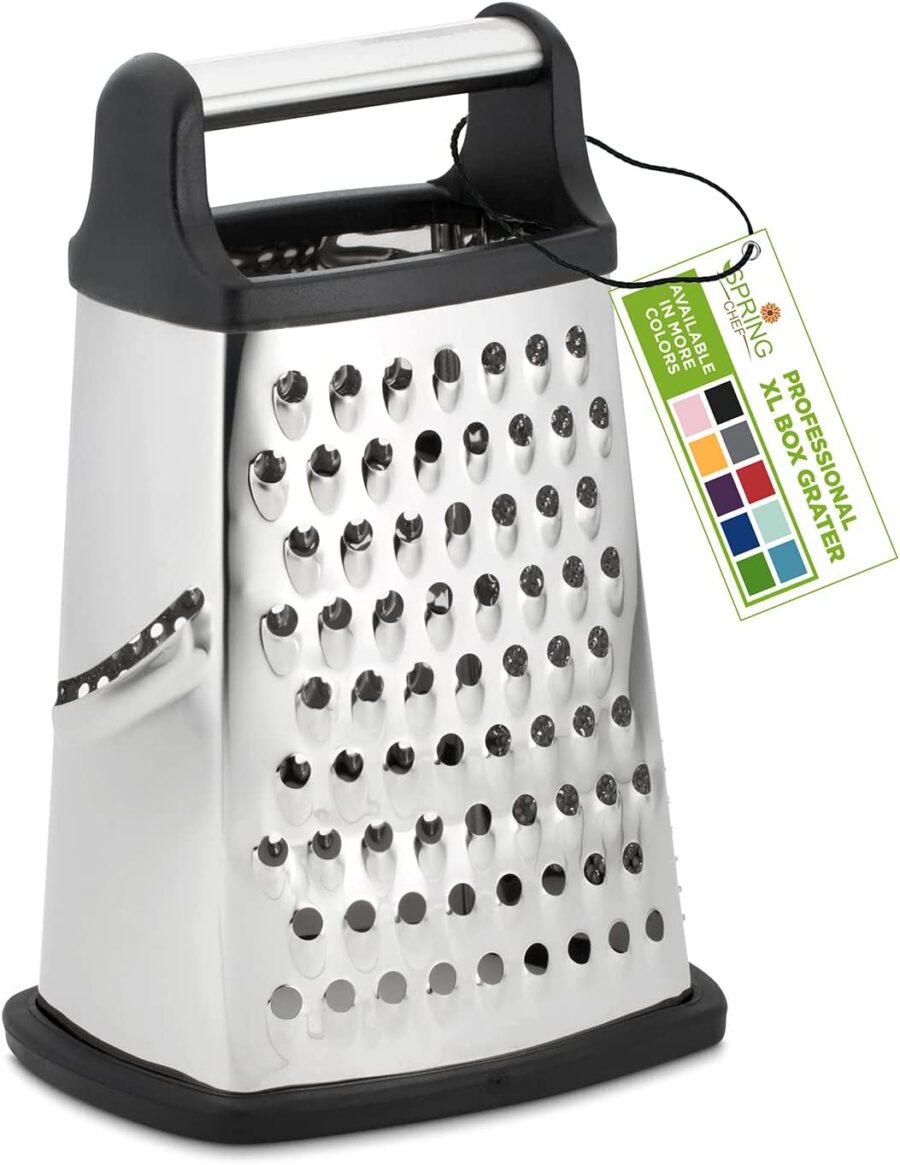How to make puree without a blender.
Blenders have become an essential appliance in the kitchen for pureeing fruits, vegetables and more. Blenders can also be used for blending ingredients too. The big question now is, how do you puree if you don’t have a blender? If you are in such a situation, you don’t have to worry because there are a variety of methods that can be used as alternatives to achieve smooth and creamy puree. In this guide, we are going to explore very simple and efficient techniques that you use to puree without a blender.
Let’s get started.
Yes, you can puree without a blender. The following methods can be used as alternatives to a blender: Food processor, Potato masher or fork, Mortar and Pestle, Sieve or strainer, Grater and Immersion Blender.
Related Article: Best blender for acai bowls
How to make puree without a blender
The following are alternatives to pureeing without a blender:
1. Food processor – A food processor can be a perfect substitute for a blender. They have the ability to chop and puree ingredients into fine textures. All you have to do is place your ingredients or foods into the processor and pulse to achieve your desired texture.
Pros
- Food processors are versatile and can carry out a variety of tasks, from blending to pureeing and more.
- They allow you to have full control over your textures.
- They are also able to deliver consistent results.
- Food processors are also powerful and efficient.
Cons
They are quite large and not suitable for small counter kitchen counterpaces.
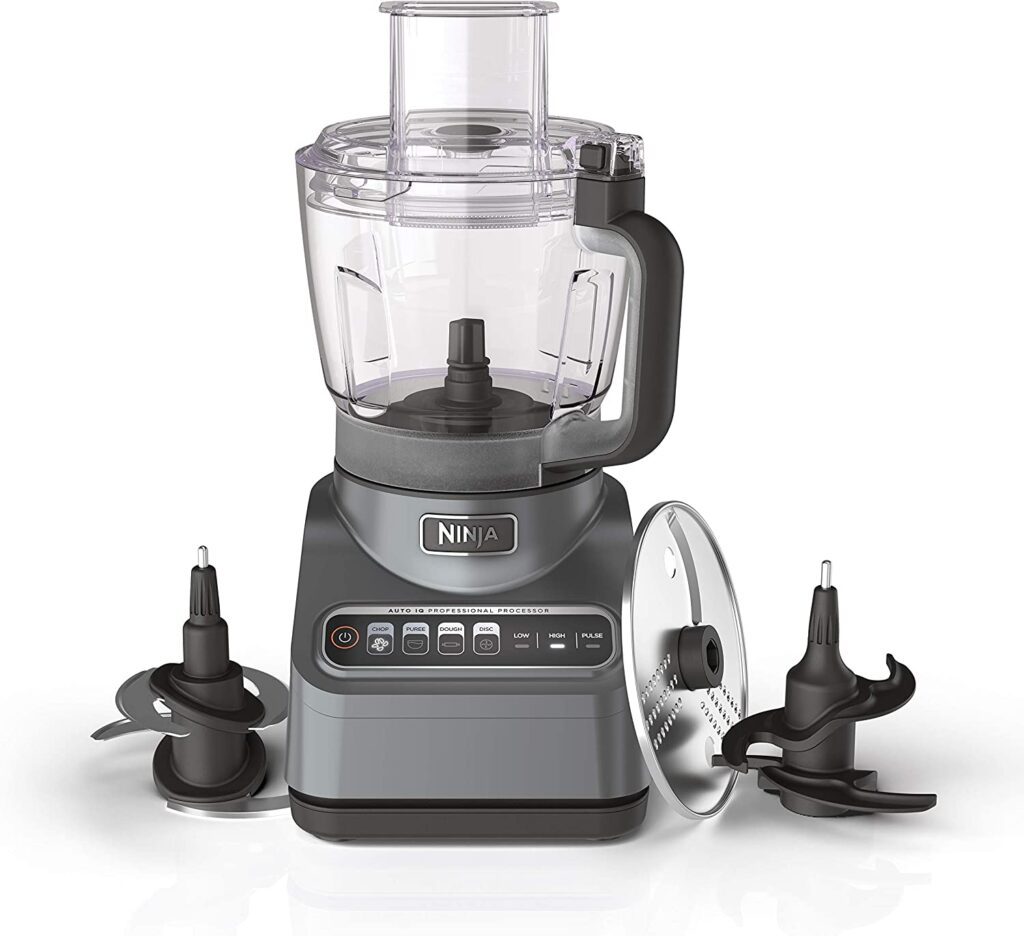
2.Potato masher or fork – Soft foods such as vegetables or fruits can be easily carried out by a potato masher or fork. The process is direct, and achieving consistent results highly depends on how you are carrying out operations. This process is suitable for making mashed potatoes or guacamole and more.
Pros
- The tools required for the operation are cost-effective.
- They are lightweight hence making them portable.
- Tools used are also easy to clean.
- You have full control over your textures.
Cons
The process is time-consuming and requires human effort.

3.Mortar and Pestle – This is another method that can be used as an alternative to a blender. It is suitable to carry out small ingredients such as herbs garlic, spices and more. This process also requires human effort and the speed and energy applied will determine the textures to be achieved.
Pros
- The process has the ability to retain nutrients.
- Suitable for carrying small quantity operations.
- They are compact and lightweight, hence saving on space and also enhances portability.
- You have full control over your pureeing consistency.
Cons
The operation is not suitable for large batch operations.
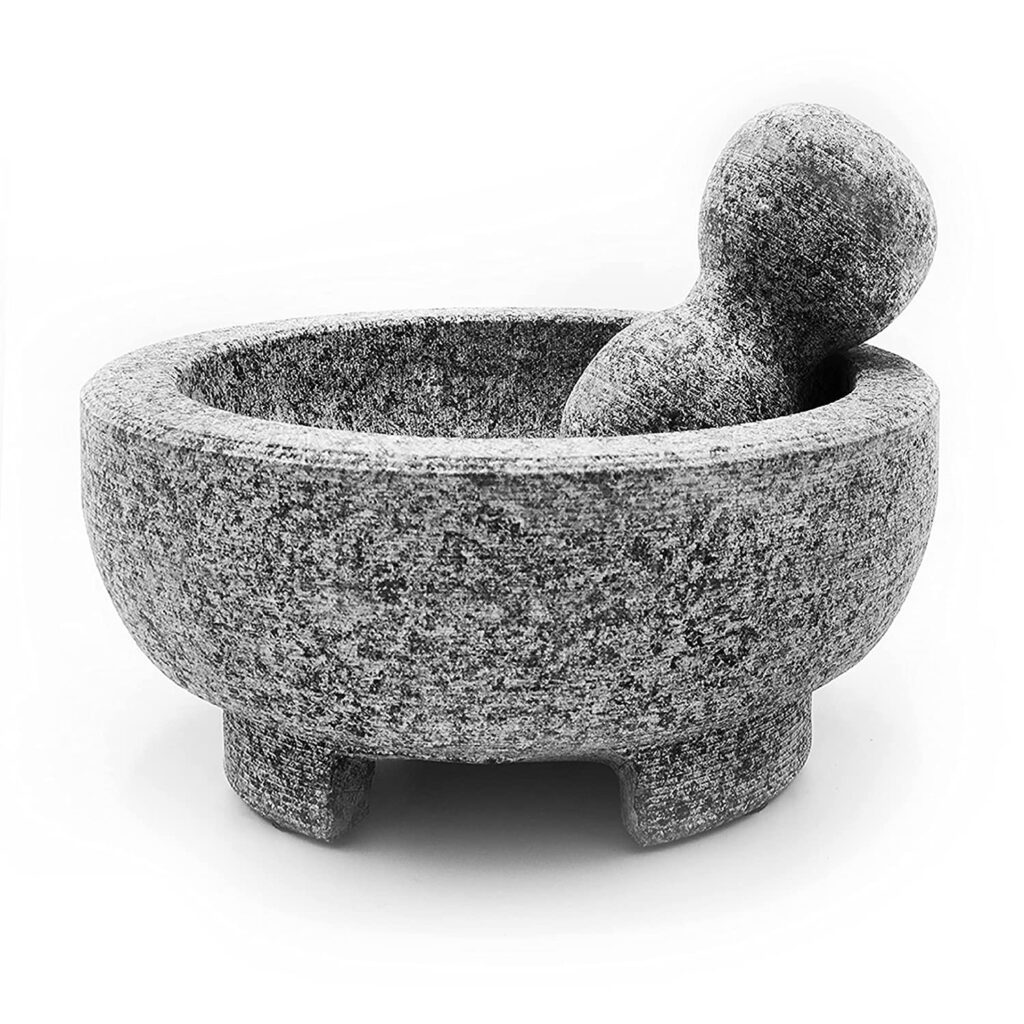
4.Sieve or strainer – This process is great for cooked foods such as fruits or vegetables. Once cooked, you can use a sieve or a strainer to create a smooth and well-textured puree. But before this, you will have to ensure that the ingredients are very soft. When soft the process is very easy and efficient to carry out.
Pros
- The results are always consistent.
- The tools required are cost-effective.
- The process is easy to carry out.
- The operation has the ability to remove elements that are not wanted.
Cons
The process is time-consuming.
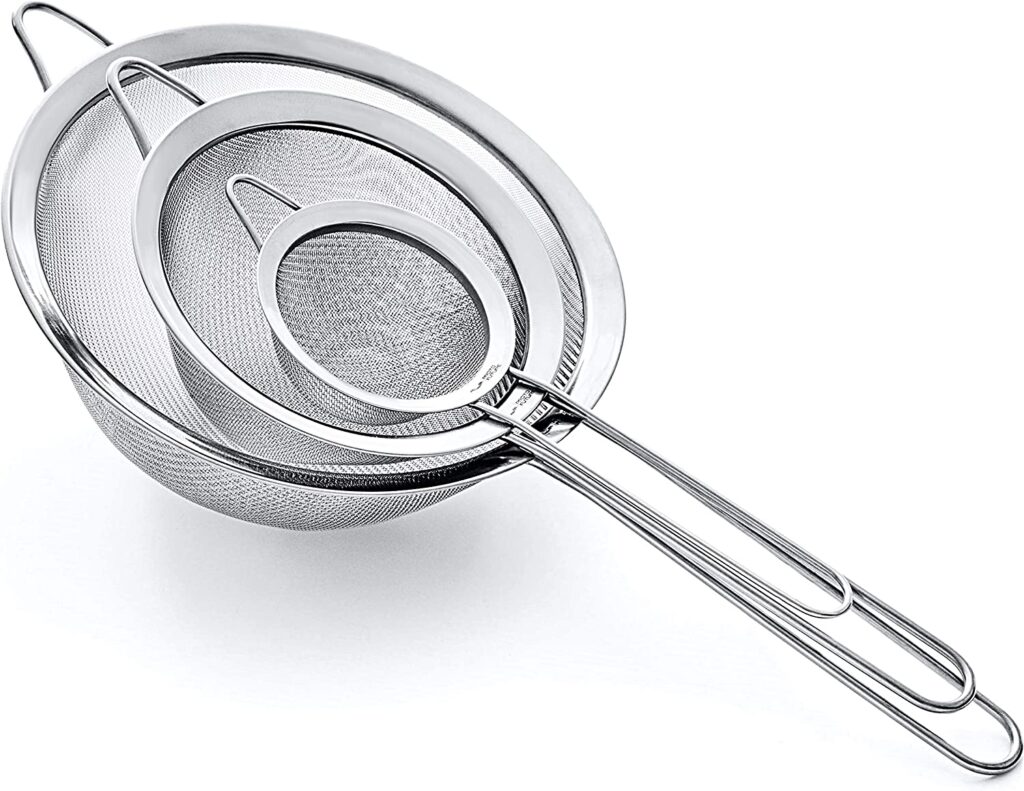
Related Article: Best Immersion Blender For Soap Making
5.Grater – A grater is another option that you can use to create fine puree textures. It is suitable for making cheese, ginger or garlic. Carrying out the operation well requires you to use the right side of the grater and also have patience in order to reach your desired textures.
Pros
- The process enables you to have control over your pureeing textures.
- It is easy to clean the grater.
- The process also retains the nutrients.
- They also save on space due to their compact size.
Cons
The process is time-consuming.

6.Immersion Blender – An immersion blender is also another great alternative. This process is one of the best ways to puree ingredients. It is fast, efficient, effective and produces consistent results.
Pros
- They are fast and effective.
- They also have the capabilities to produce consistent results.
- Immersion blenders are versatile.
- They are easy to clean too.
Cons
They can cause splattering if not well handled.
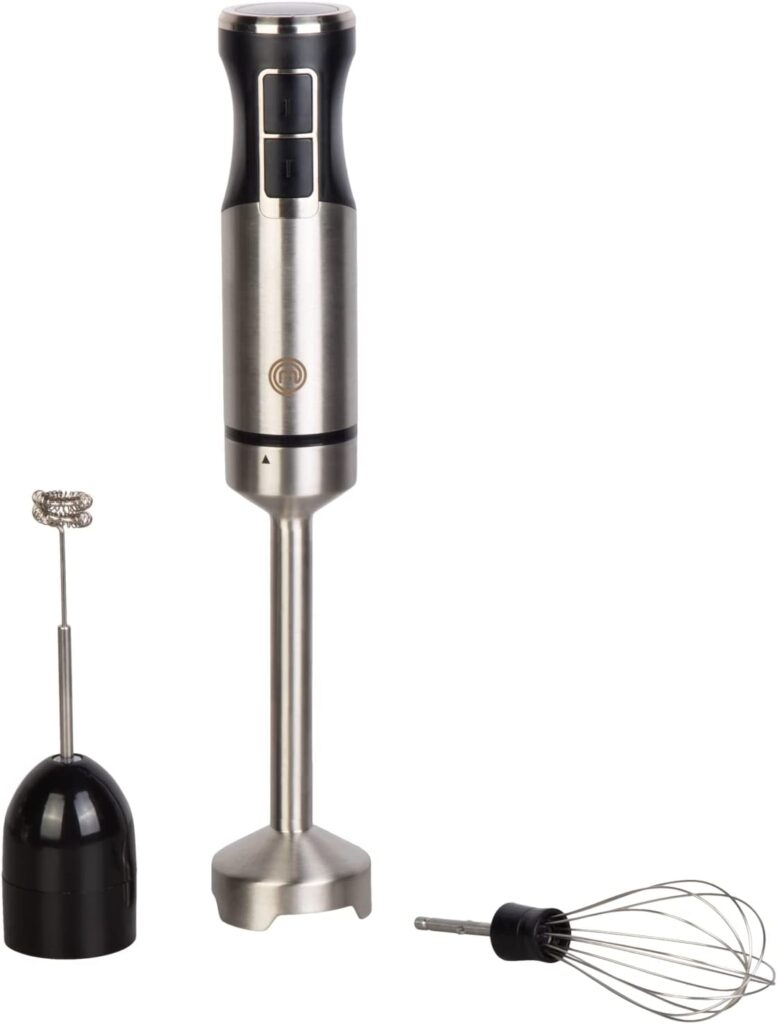
Benefits of pureeing food
Pureeing has an important role when it comes to cooking. The following are some of the benefits of pureeing food:
- Texture enhancement – Pureeing food enables you to have a smooth and creamy texture. This helps because ingredients are well broken down into fine consistent texture which prevents the formation of lumps, chunks and more. This allows you to have a good eating experience.
- Flavor intensification – Pureeing can enhance the flavor of ingredients. When 2 or more ingredients are blended together, they mix thereby enhancing the flavor to a balanced one.
- Versatility – Pureeing offers a variety of possibilities in your kitchen. You will be able to create smooth sauces, dips and more. The versatility of pureeing enables you to easily create a variety of recipes according to your dietary and also preferences.
- Incorporation of nutrients – Pureeing is one of the best ways of incorporating nutrients from fruits, vegetables and more. Pureeing breaks down the foods which makes it very easy for the body to absorb.
- Presentation – The other benefit is that pureeing can enhance the appearance of a dish. It has a visually appealing texture making any eager to eat, especially if you own a restaurant or hotel.
- Eating difficulty – Pureeing makes it easy to consume for people who have a problem of chewing or swallowing difficulties, this can be due to medical issues and more. It gives them an opportunity to enjoy food without facing any challenges.
Uses of Pureeing
Pureeing is a versatile way of creating a variety of meals. Below are some of the ways in which pureeing is applied:
- Soups and sauces – Pureeing is one of the common and easiest ways of making soups and sauces. Whether you want to create a tomato soup marinara sauce and more.
- Baby food – Pureed food is easy to consume for infants because it can be digested easily. The puree is one of the steps babies consume before they are introduced to solid foods.
- Side dishes – Puree food can be used as side dishes. A good example is mashed potatoes, cauliflower puree, carrots and more. This can enhance the flavor as well as the presentation of your side dish.
- Desserts – Purees can also be used in the making of desserts.
- Dips and spreads – Puree is also great for the creation of dips and spreads.
- Garnishes – Purees can also be used as garnishes to elevate the presentation of food dishes.
- Beverages – They can also be incorporated into beverages to enhance flavor, thicken, nutrients and more. This includes smoothies and more which enhance a satisfying and enjoyable drink.
- Thickening agent – Puree is as used as a natural thickening agent in most recipes.
Tips For making Puree
- Ensure to select the right ingredients – Selecting ripe and fresh ingredients or fruits will allow you to achieve the best result.
- Slowly – When using an immersion blender, start with a slow speed and increase gradually. This will allow for an even blending operation and also splattering.
- Add liquid – You can add a little liquid to facilitate your process. The amount will also depend on your ingredients as well as your preferred consistency.
- Puree in batches – Blending in batches allows for an even and consistent result because you will be able to cover every part in a short time. Large batches take a lot of time before they are fully pureed.
- Cook or steam – In some situations boiling or pureeing helps reduce the time for making the puree. It also makes it easy to create consistent textures.
- Method – There are many methods that you can use without a blender, choosing the suitable one will allow you to achieve your desired results.
- Preparation of ingredients – This process involves washing, peeling and also cutting the ingredients into pieces that can make it easy to carry out the pureeing operation.
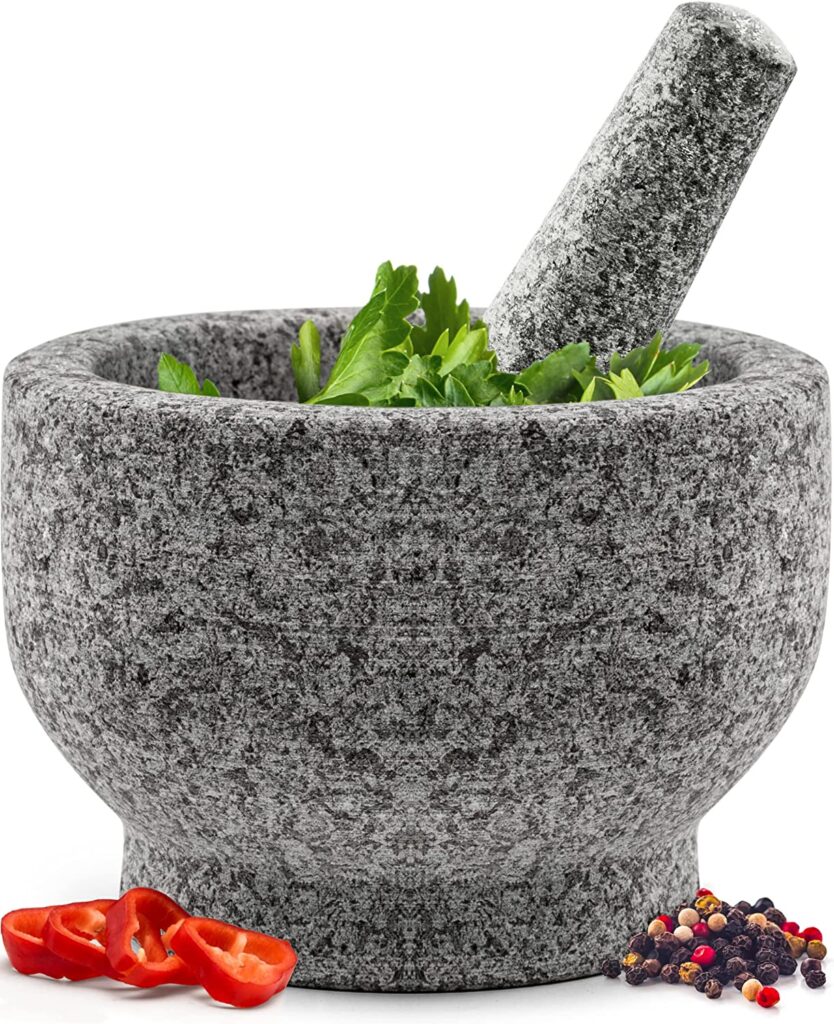
Related Article: Bella rocket blender vs magic bullet
Frequently Asked Questions
- How do you manually puree food?
You can manually puree food using the following methods: mortar and pestle, strainer, potato masher or fork and grater. The processes above will help you puree food.
- How do you make carrot puree without a blender?
Yes, you can puree a carrot with a blender. You can use the following process grater, potato masher, strainer, mortar and pestle.
- Can you boil vegetables for puree?
Yes, you can boil vegetables for puree. In fact, it is a great option that softens the vegetable making the process of pureeing easy and convenient.
- How long to boil vegetables for puree?
The duration for boiling vegetables for puree highly varies depending on the size and type of vegetables. Most of the time it averages between 10 – 15 minutes.
Conclusion
We can conclude by saying that it is possible to puree without a blender. We have listed some of the alternatives to a blender that are very effective and can produce consistent results. You can choose one that suits your needs to carry out the operations. All processes listed are cost-effective and easy to carry out.

